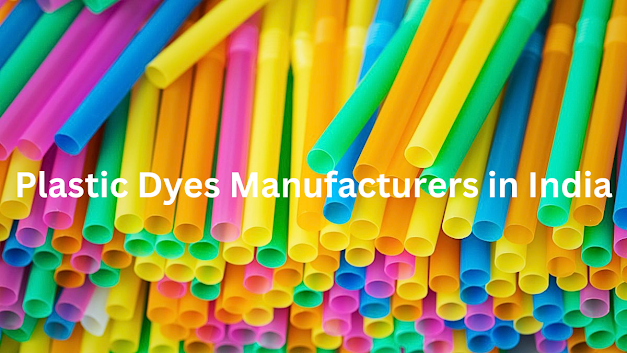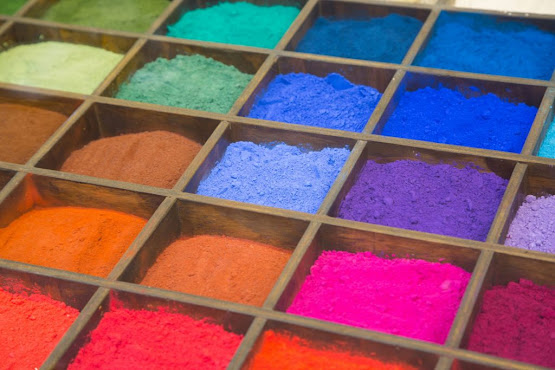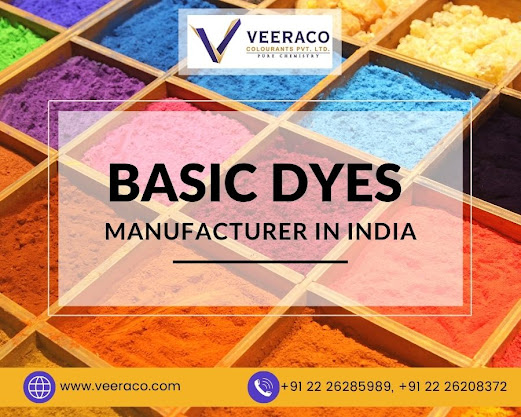Plastic Pigments
Pigments, which are made of natural and synthetic materials, are
colourants that give materials like paper and plastics their colour. They are
not soluble in water or oil. Both pigments and dyes are distinct sorts of
colourants, but when it comes to colouring plastics, certain plastic pigments
are chosen over dyes, mostly due to their superior fastness properties.
Chemical substances called plastic colourants are used to colour plastic. These substances express themselves as pigments and colours. Based on
the type of polymeric resin that needs to be coloured, the type of colourant is
selected. Veeraco Colourants Private Limited has very strict compliance
requirements and aligns with innovation and ongoing improvement.
The
Properties of Pigment
Transparency, warping or nucleation resistance, light fastness,
Weather-ability or ageing, and warping or ageing resistance are the main
performance characteristics of pigments in plastics.
Weather-Ability and Age
The useful life of plastic products can be negatively impacted by
sunlight exposure and various types of artificial lighting. Therefore, UV
protection and weather-resistance pigments are needed for polymers that are
regularly used outside.
Utilising outdoor exposure experiments in the relevant climatic
regions is the only practical way to evaluate weathering resistance. This is
not always possible. Accelerated testing, or CYCLE WOM 119, is a popular substitute.
Along with the pigment composition and the required fastness
standards for the finished product, the light stabiliser system must be taken
into account.
Light Fastness
If a pigment has good Light Fastness, it does not necessarily mean
that it has good weather-fastness. Light Fastness is a measure of the colour
fastness of a plastic article when used in indoor applications (UV light
exposure without direct Water contact).
The choice of pigment for plastics used indoors is influenced by
several factors, including polymer class, pigment concentration, Titanium
dioxide presence (which typically accelerates fading), The necessary light
fastness, and Service circumstances.
The article's surface, the history of processing heat, and the
stabilisation package can all have an impact on pigment performance. In
general, inorganic pigments are light-fast than biological pigments.
Nucleation and Warping
The final qualities of a plastic object are determined by the
degree of crystallinity and the rate of crystallisation. Particularly in HDPE
injection moulding, organic pigments are known to affect these parameters
during the cooling phase of plastic production.
Transparency
In most cases, transparency is attained by minimising pigment
particle size. This is accomplished by covering the newly generated particles
to stop crystal development as soon as possible. Rosin or rosin derivatives are
the materials utilised for this coating the most frequently. This has the extra
benefit of making high-transparency printing ink pigments more easily
disseminated, which is particularly helpful for those pigments.
Conclusion
Plastic
product colours can impact consumers' purchasing decisions and assist build
brand identification. Most of the time, consumers who use plastic acquire
products from stores that sell them or from plastic dyes manufacturers in India.
Veeraco Colourants Private Limited's history dates back to 1952. Various types
of dyes and pigments are produced, supplied, and exported by them. As the years
passed, the hard effort began to pay off, and today they are one of the top dyes and pigments companies in India.




